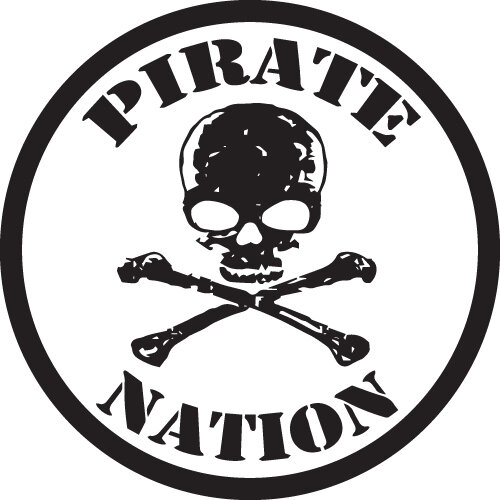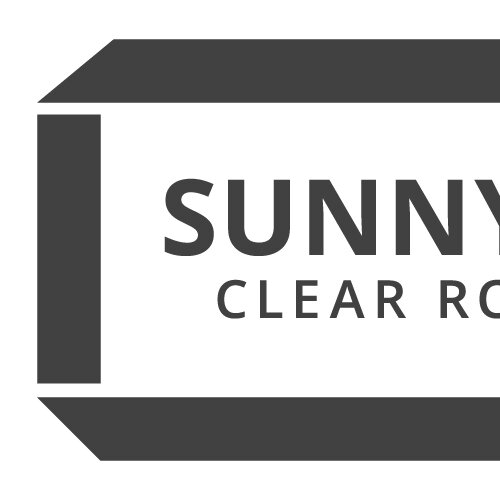Let's assume that you’re clear about how your business is different from your competitors. This knowledge is critical, however, the key is putting it to good use.
So how does your business actually capitalise on a clear business position?
To help explain, let’s take a fictional example; Pete’s Plumbing, whose position is Auckland’s best priced plumbing. Now let's see how we can generate more leads and more sales through the five stages of the customer lifecycle...
Step 1. Increase Awareness
First stage we ensure that when people discover your business, they should be introduced to your business position. It doesn’t matter whether they find you through ads (print, radio, online banners etc), talking to a network of referrers (in this case other tradespeople), or local industry listings, brochures and flyers, your message should not only say what you offer, but most importantly state how you're different – in this case, by being Auckland's best priced plumbing.
Step 2. Consideration
If you've set up the right positioning and communicated it clearly, your ideal customers should be attracted to you. And you should be able to turn them into customers. This is where the content on your website, conversations with your staff and (in this case) your pricing structure, should all be consistent with what they've already learnt about you, i.e. you have Auckland's best priced plumbing. You may even include a price guarantee to back this up or demonstrate in other ways, for example – ‘all our vans run on LPG - so our overheads are lower’.
Step 3. Purchase
This is your sales process. So once again, your quote (if required) should reinforce your great pricing. When the salesperson / plumber arrives to quote they are in a van that runs on LPG. Their uniform is neat and tidy but not flashy. The sales process also outlines how you'll operate to keep costs down - perhaps you import pipes direct from the manufacturer to keep prices lower.
Step 4. Retention
If a customer has decided to buy your services, your job is to deliver on what you've promised – Auckland's best priced plumbing. That doesn't mean you have to be the flashiest, or the quickest. Just the best priced. If your new customer appreciates what you've done for them, you should be able to retain them as an ongoing customer. Your ongoing customer communications (emails, phone calls, surveys etc) should all reinforce what they now know about you – that you're Auckland's best priced plumbing.
Step 5. Referral
We all know that good word of mouth is the best form of advertising. Getting more people talking starts and ends with consistency of your positioning. Are you clear about what you offer? Did you outline exactly what you'll provide? Did you provide it? Is your customer satisfied with the outcome?
For those who truly love what you've provided, and appreciate your point of difference, then they're likely to recommend you to friends and relatives. Strong advocacy then leads back to increased awareness and the whole cycle begins again.
The real goal of positioning
This is of course, an overly simplified example of the process, but it explains how your positioning should be used to grow your business. Namely, it should follow these steps:
- Drive more of the right leads into your business
- Help you convert those leads to customers more often
- Lead to better customer satisfaction
- Increase your levels of repeat business
- Drive new customer referrals from existing (happy) customers.
































